Doug Nye: Aston Martin in motorsport – how times change
 Doug Nye
Doug Nye
Occasionally one notices things that simply jar. They are out of kilter. There’s some clash. I had this feeling studying the current crop of Formula 1 cars as turned out for their debut race in last weekend’s Australian Grand Prix. It was a relatively small decal on each side of the Red Bull-Renault RB13 that caught my eye. And that is because it featured the winged Aston Martin emblem and brand name…

Aston Martin, of course, has a glittering racing record of its very own, topped by outright victory in the 1959 FIA Sports Car World Championship – when the works cars defeated strong opposition from Ferrari and Porsche – and in that year’s ADAC 1,000-Kilometres race at the Nurburgring, the Le Mans 24-Hours race… and the season-ending, title-clinching, RAC Tourist Trophy race at Goodwood.
What jarred in my mind was simply that I am not at all accustomed to seeing a Formula 1 car constructor publicising another marque’s car constructions. Of course, this is simply because I am out of date, out of touch and disconnected from the current new-car world. In other words, pretty much like 80-90 percent of the enthusiast world who have followed international motorsport since before the advent of homogenised TV-circus Grand Prix racing.
Of course, Red Bull Racing exists essentially just to publicise and promote what its owners claim is the world’s best-selling energy drink. I remember tasting it once. The experience remains unique. There is nothing singular about a Formula 1 team which does nothing but build Formula 1 cars, but when I was first involved in the early 1960s, most Formula 1 teams at least built other-Formulae racing cars for customer sale, and most again built worthwhile sportscars too.
Now that is where Red Bull Racing are going with their Aston Martin tie. Their collaborative Aston Martin Valkyrie AM-RB001 hypercar programme was announced earlier this month – as their blurb put it “…this ambitious, uncompromising and wholly extraordinary collaboration combines the vision and skills of two world-leading brands to create a road car the like of which has never been seen before”. Yeah, right…
The Valkyrie name itself continues a long and sometimes admirable series of Aston Martin ‘V’ cars, beginning back in 1951 with the grand old marque’s ‘Vantage’ name as applied to high-performance variants of their then current DB2 model, boasting an extra 20bhp as standard. Today we understand that Aston Martin’s stand-alone Vantage model line of V8 and V12-powered variants is the most successful in the company’s history.
Virage, Vanquish and the Aston Martin Vulcan are more recent ‘V’-initialled designs to continue this lineage. I can’t – for some reason – forget the company’s then German chief executive addressing a press party and pausing to wonder why there were distinct signs of his attentive audience cracking up with barely controlled smirking, chewed lips and suppressed laughter. I guess the problem was twofold. First my colleagues in the motoring press all tend to have a mental age of about 13. Secondly, his Germanic pronunciation of ‘Vanquish’ struggled with the initial ‘V’ – rendering it, most unfortunately, as a ‘W’…
Moving right along… the forthcoming Aston Martin-Red Bull collaborative effort in the Valkyrie is now being billed as “…a pure expression of modern technology. By bringing together Aston Martin, Red Bull Advanced Technologies, project partner AF Racing and some of the world’s leading technology partners, the Aston Martin Valkyrie promises otherworldly performance befitting of its name”.
The three men charged with realising this vision are that undeniably great engineering achiever, Adrian Newey, Red Bull Racing’s Chief Technical Officer – Marek Reichman, Aston Martin EVP and Chief Creative Officer – and David King, VP and Chief Special Operations Officer.
Built around a lightweight carbon fibre monocoque chassis, the AM-RB001 is due to offer radical Newey aerodynamics for unprecedented levels of downforce in a road-legal car. Reichman has created the dramatic body form to express cutting-edge dynamism and the unmistakable essence of Aston Martin.
The AM-RB001 will be built by David King and his team in a purpose-built facility at Gaydon in the Midlands, created for Aston Martin’s original One-77 hypercar with its new, mid-mounted, high-revving, naturally aspirated V12 engine aimed at delivering 1bhp per kilo weight.
Now while I appreciate that such excessive and largely irrelevant automotive endeavours enthral and entertain a distinct – and large – constituency of enthusiasts, I for one would only start to applaud if the cars really star in open competition. I was a consultant to McLaren Cars for several years during the road-going/Le Mans McLaren F1 and F1 GTR programme, and at the end of it everyone involved – even at my semi-detached level – felt we could really hold up our heads with considerable pride. The one thing I used to do – which I think really irritated project head Gordon Murray – was to ask innocently, and repeatedly, “What’s the point of a car that can’t carry a sheet of 8-by-4 ply?”.
At least the ingenious McLaren F1 could carry three people in considerable comfort, and as fast as anyone sane (or responsible) would ever need to go on land, with a considerable volume of baggage, including – for the really, truly dull – a set of golf clubs…
Anyway, times change – tastes change – and motoring, and motor racing, conditions change – and overall, despite a reality check, one wishes Red Bull and Aston Martin well with their venture. The marque has produced some really likeable and well-engineered models in recent years, and like them, the Valkyrie should not require the heavy goods vehicle driving licence which so many now accepted classic Aston Martins of yore seemed to demand.
Having driven such Aston Martin competition greats – from the pre-war Ulster to the DB3S, DBR1 (the Brits never built more handsome sportscars), DBR2, the DB4 GT Zagato (that one certainly required the HGV licence… ) – and their Formula 1 DBR4/DBR5 single-seaters, I have a real soft spot for the Feltham/Newport Pagnell/Gaydon marque. Throughout the Goodwood Motor Circuit’s frontline career 1948-66, Aston Martin really shone upon our stage… most times at rival Jaguar’s profound expense.
It just seemed so odd – on the Australian GP TV coverage – to see another manufacturer’s logo on a car built by a four-time – 2010-2013 inclusive – World Champion Formula 1 car constructor… whose name is not Aston Martin.
Images courtesy of The GP Library
Aston Martin
Doug Nye












